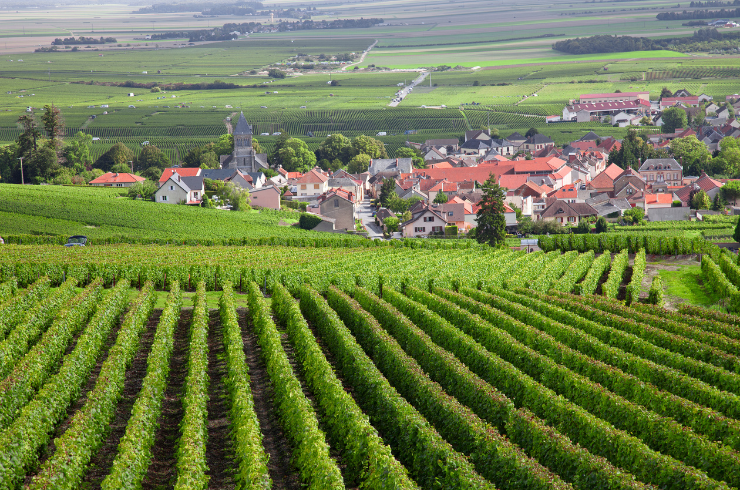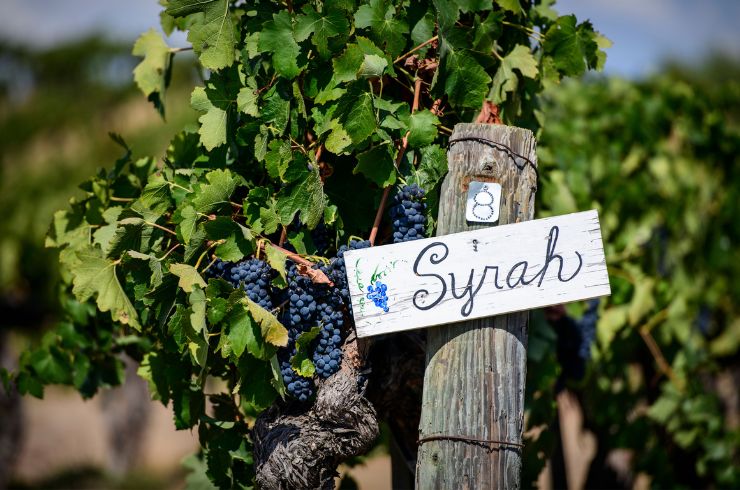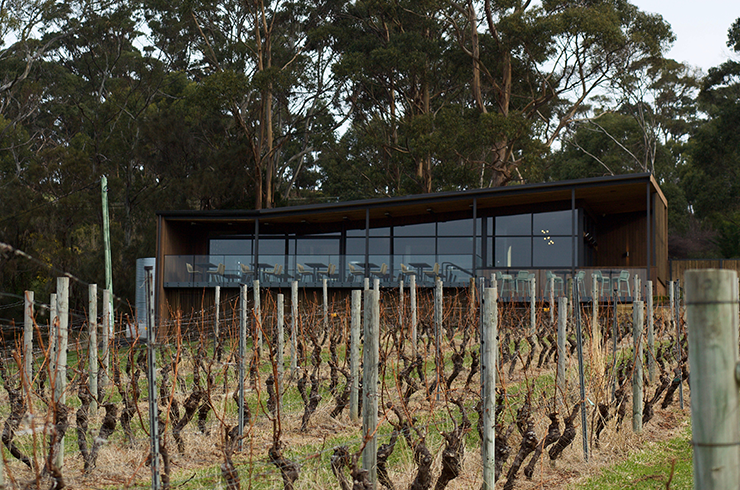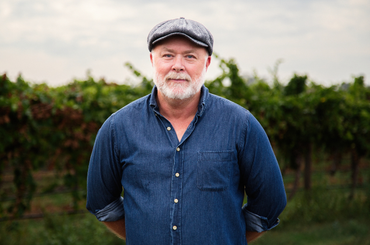I have some Italian friends who live at Lake Como and they have the best sparkling wine protocol that I have seen.
It is a big family, and the majority of the brothers and sisters work in the wine or the food industry. They love to eat and drink great food and wine and have wonderful long lunches on the weekends.
I was staying with them once and they explained that they have a rule that every family member must have a bottle of Champagne in the fridge, at all times, to cover all contingencies.
It’s an extension of the oft-quoted wisdom of Lily Bollinger (1899–1977). "I drink champagne when I'm happy and when I'm sad. Sometimes I drink it when I'm alone. When I have company I consider it obligatory. I trifle with it if I'm not hungry and drink it when I am."
I love this idea so much.
Everyone needs to have some sparkling wine set aside to deal with life's ebbs and flows, and we'd be well-advised to pay heed to Madame Bollinger and the famiglia Tucci of Lake Como.
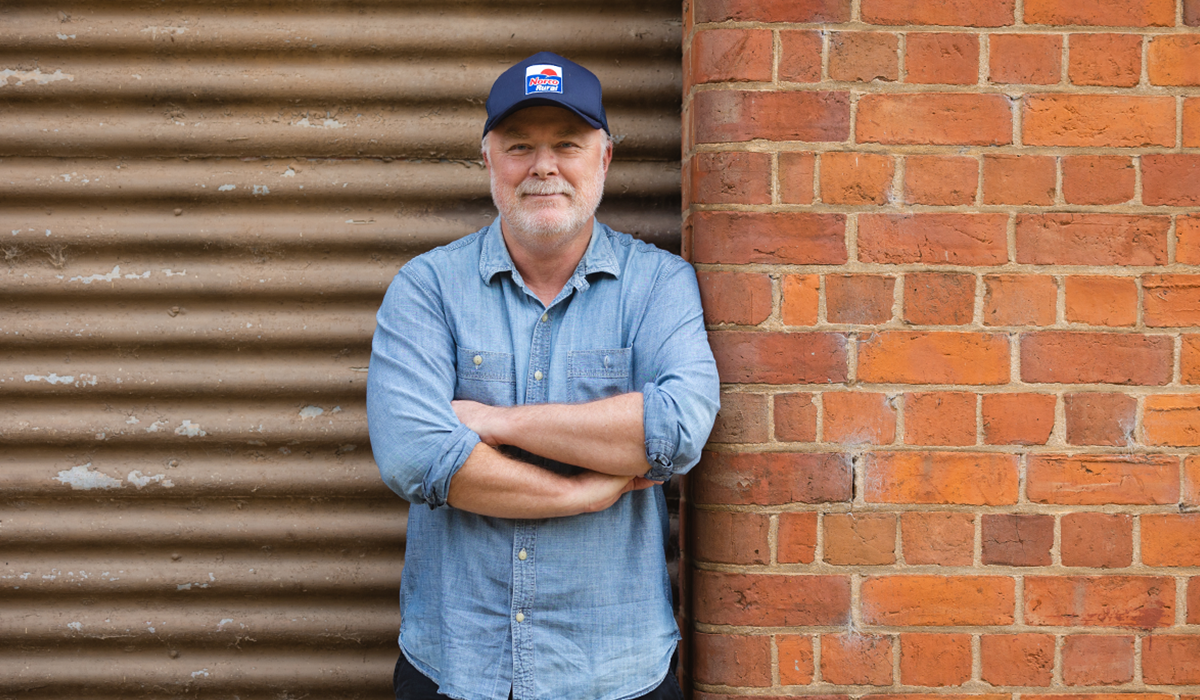
In our fine land, we are pretty lucky when it comes to all things Champagne and sparkling. The big houses of France, the Grand Marques, are of course all here, and the so-called ‘Grower Champagnes’ (Champagne houses that grow their own grapes) are well represented on our shelves and wine lists.
I remember, probably 20+ years ago, attending a grower Champagne tasting put on by Rob Walters of Bibendum. Rob was pitting some of the new imports, the likes of Egly-Ouriet and Larmandier-Bernier, up against famous wines from the big houses.
For me it was revelatory. The grower Champagnes showed a purity and minerally focus that was lacking in the big house wines – which looked volatile and dosed up by comparison. It was a tasting that really opened my eyes to the smaller producers.
In Australia we are now in possession of a mature and constantly evolving sparkling wine scene, from the world-class wines of House of Arras, Bellebonne and Apogee, through to a wonderful array of regional sparkling wines – the prosecco of King Valley to the vibrant and joyous Aussie pét nat movement.
As luck would have it, as I was pondering the state of Australian sparkling wine and beginning to pen this article, my phone rang and it was Natalie Fryer from Bellebonne in Tasmania. Nat was calling to chat about something completely different, but never missing an opportunity, I posed a few questions to Nat.
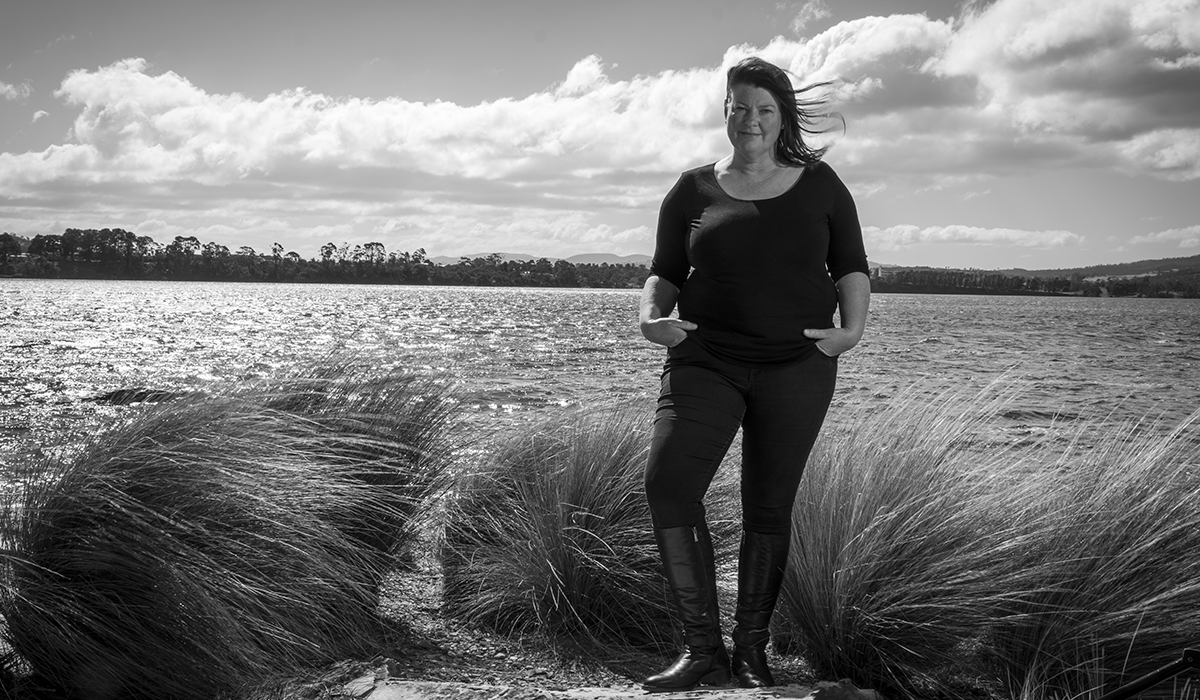
When asked about changes in sparkling wine closures, Nat mentioned, "I think, with a few notable exceptions, most producers have moved to technical corks for more security. There is an interaction with the cork with wines that have had extended time on lees that is special."
"There are precursors from autolysis that don’t kick in until they come into contact with the gentle ingress of oxygen found under a cork-sealed wine. It’s one of the reasons producers don’t use crown seals post-tirage. And besides, the greatest sparkling wines I have tried have been under cork."
(Tirage is the addition of sugar and yeast to still wine to trigger secondary fermentation for producing carbonation in sparkling wines.)
I’d have to agree. I’ve had the opportunity to try some mind-bendingly good aged Champagnes sealed under cork, 1914 Pol Roger and 1929 Krug immediately spring to mind.
But there have been disappointments with TCA (cork taint) and bad corks playing their role. Of course we can also blame the malignity of time, the devourer and consumer of all things. But with the advances in technical corks in the last decade, things are looking very rosy in the closure debate.
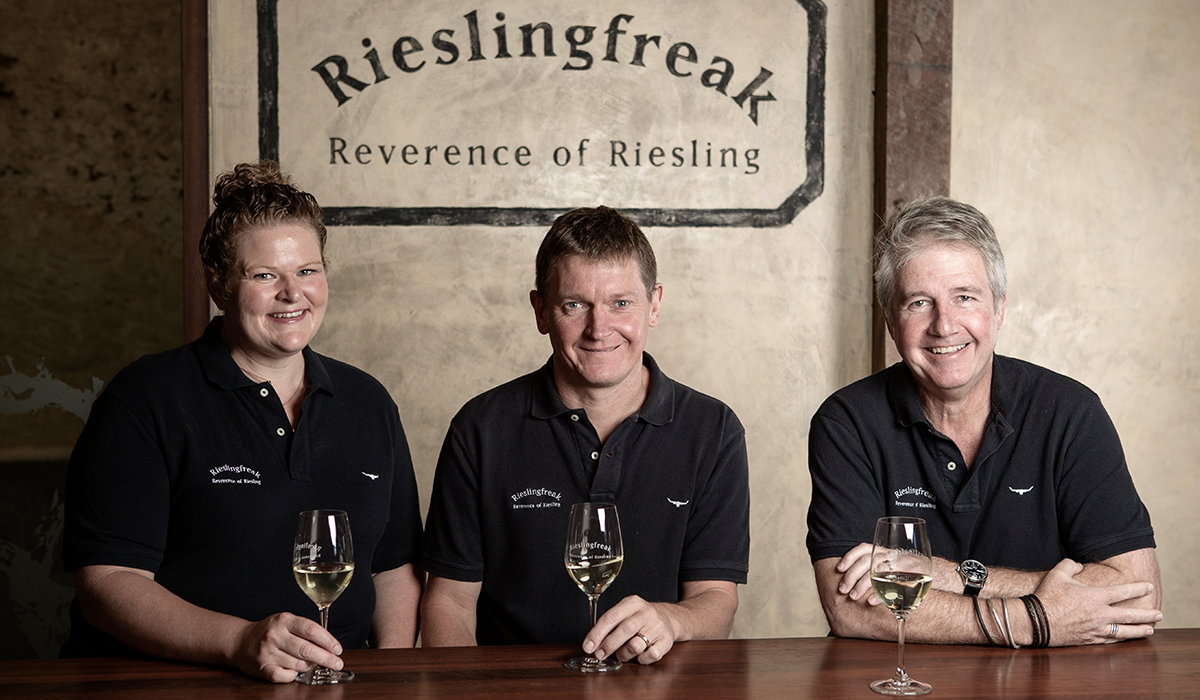
When asked if there has been an increase in the traditional method in the production of Australian sparkling wine, Nat was quick to answer: "Yes there has."
"For small volumes and smaller producers, it’s the only viable economic option!"
And finally, when quizzed on trends in exploring sparkling production with ‘alternate’ grape varieties Natalie says "I’ve seen a lot more out there, John Hughes at Rieslingfreak as sparkling riesling, there’s some cool chenin blancs, and of course the pét nat movement."
"It’s great that people are exploring sparkling wine, and there are certainly markets for these styles, but the greatest wines will always be made from chardonnay, pinot noir and pinot meunier," says Nat.
So, explore sparkling wines widely, dear readers. There's a whole world of fizzy possibilities out there, and please, if you take one thing from this brief missive – listen to my Italian friends – always have a bottle in your fridge.
Top producers to look out for:
Sparkling wine
House of Arras | Bellebonne | Apogee | Chandon | Jansz Tasmania | Clover Hill | Soumah Wines | Deviation Road | Printhie Wines | Pirie Tasmania | Delamere Vineyards | Kreglinger/Pipers Brook Vineyard | Howard Park | Barringwood
Prosecco
Dal Zotto | Vinea Marson | Billy Button Wines | Pizzini | Brown Brothers | De Bortoli
Pét nat
Dr Edge | Haddow Dineen | Fin Wines | L.A.S. Vino | Dormilona | Hughes & Hughes | Grandis | La Violetta Wines | BK Wines | Lethbridge WinesLatest Articles
-
News
The power of perspective: Ryan Ponsford's Entropy
2 Dec 2025 -
Events
Halliday Wine Academy: Wine Immersion Tours
30 Nov 2025 -
Travel
Scenic's Southern France and Bordeaux river cruises are tailor made for wine lovers
30 Nov 2025 -
News
What’s in a name? The etymological origins of popular grapes.
30 Nov 2025

